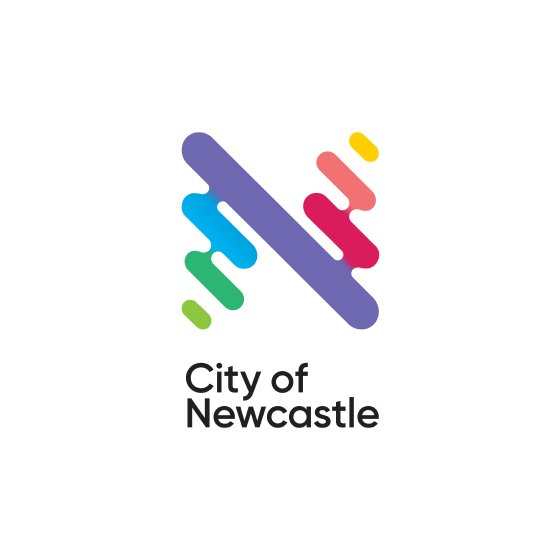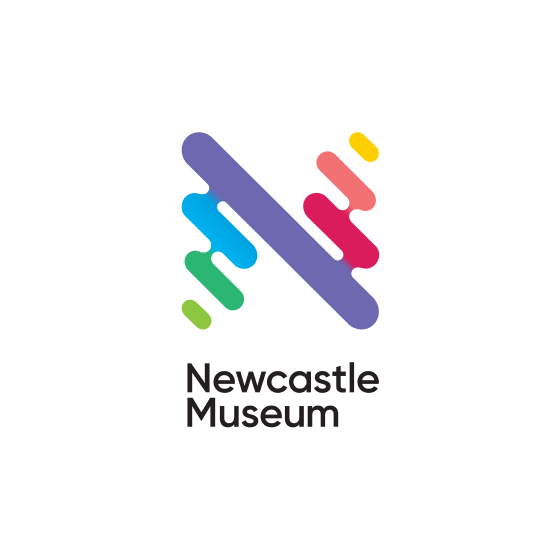The Buck

The Buck was built by Messres Kitson and Co Ltd in 1870. It is an 0-6-0 Saddle Tank locomotive with internal cylinders.
The Buck was originally numbered 20N. It was bought to Australia as a construction contractor's locomotive before being sold to the NSW Railways in 1872 and used on the Northern (Newcastle) division for coal trains. During this time it caught the attention of the J&A Brown Company, who operated a coal mining empire in the Hunter Valley. The company owned its own private railway for coal haulage between its collieries. The Browns were so impressed with the locomotive that they approached the NSW Government railways and offered to purchase it. The government initially decline this offer, but in 1891 the Locomotive was sold to the Browns and began working on the Richmond Vale Railway.
In later years the Browns purchased larger locomotives for coal haul duties and the Buck became a regular shunter of the coal staithes at Hexham. It was finally withdrawn in 1967 and set aside at Hexham.
0-6-0
This references the wheel arrangement of the locomotive. It means that the locomotive has 6 driving wheels with no secondary or support wheels in front or behind. A larger locomotive, such as the model of 3801 in Newcastle story has a set of four wheels at the front, and a set of two at the back to support the smokebox at the front, and the firebox and cab at the back. In between these support wheels is a set of 6 driving wheels, hence it is designated a 4-6-2.
Saddle Tank
All steam locomotives require on board storage of water to create steam. Larger locomotives would have this in a separate carriage called a tender. Small locomotives such as the Buck need tanks on board the actual locomotive. This is where the term ‘Tank Engine’ comes from. There are many different types of tank engine including Well Tank, Side Tank, and Pannier Tank. The Buck is a Saddle Tank locomotive. The tank sits on top and over the sides of the boiler, like a saddle on a horse. On top of this tank and just behind the dome you can see a hatch where the crew of the locomotive would have replenished the water supply.
Internal Cylinders
A locomotives cylinders are pressure vessels that fill with steam, forcing the running gear / side rods of the locomotive to move forward and turn the wheels. Many steam locomotives have these components mounted on the outside, in front of the wheels (An example of this is the 3801 model in A Newcastle Story). The Bucks cylinders are internal. They are mounted in between the frames directly under the smokebox at the front of the locomotive. They are linked by driving rods to the middle axel and this is how the locomotive moves. If you look between the frame in the space between the boiler and the running board you can see these internal cylinders and driving rods.











